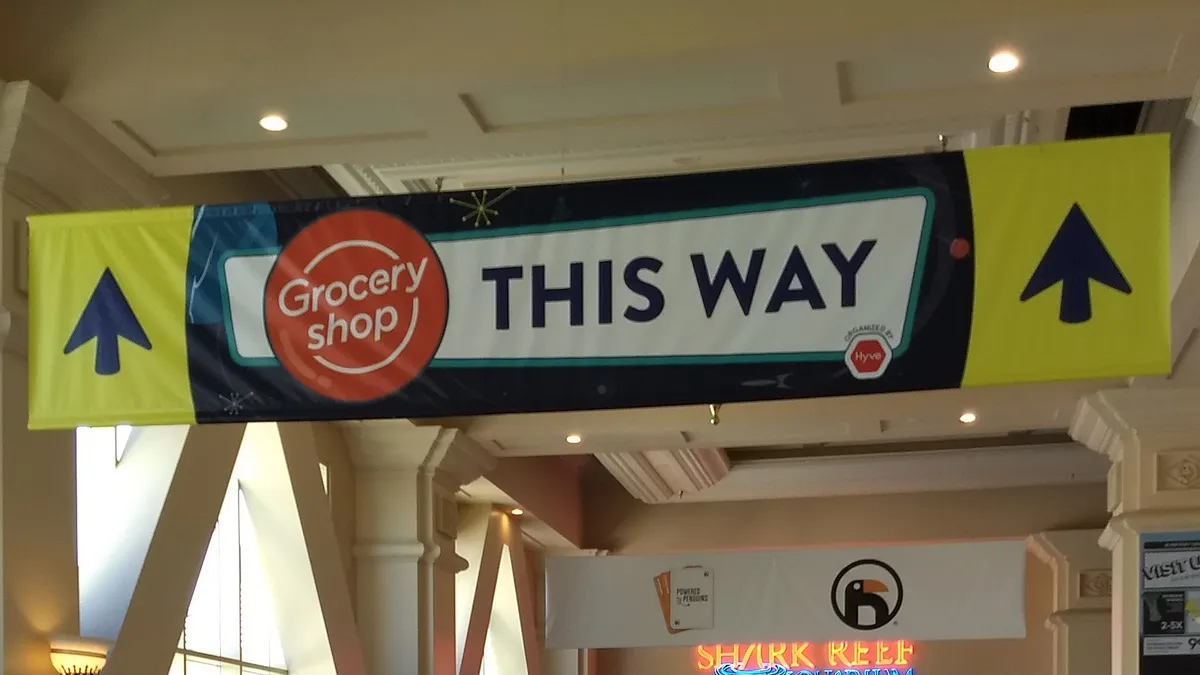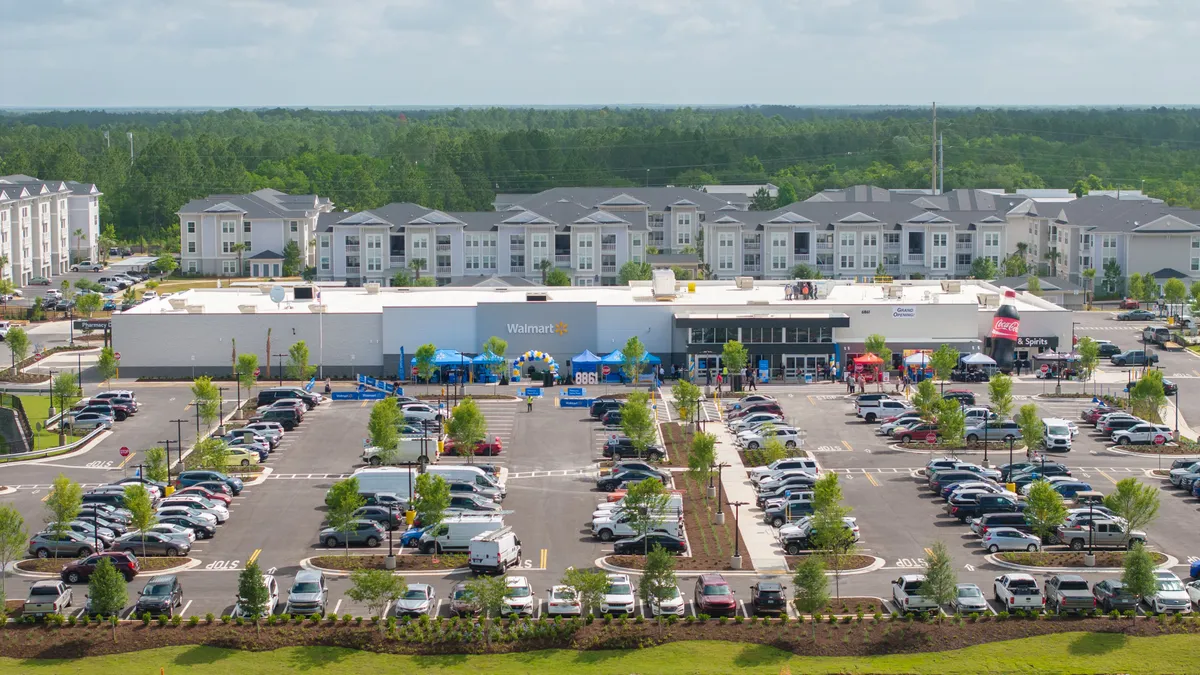Dive Brief:
- Manufacturers that benefit from in-store impulse buys are figuring out how to motivate those same purchases in the e-commerce space, according to the Associated Press.
- Popular tactics include targeting heavy users with online ads, offering larger package sizes, adding a selection of impulse buys available at checkout and offering recipes and cooking tips through retailer websites.
- “[Consumers] don’t buy so many Snickers and Skittles online as they would in the store,” David Ciancio, head of North American marketing at analytics firm dunhummby, told the AP.
Dive Insight:
While it’s true that e-commerce sites don’t have walls of candy and snacks to scan, the format still offers many tools that encourage impulse purchases. Predictive technology can recommend candy and snacks to customers that they are likely to buy, while saved orders make it easy to find and reorder these little indulgences.
Digital ads, meanwhile, both on the site and targeting consumers through search and social media, can grab peoples’ attention. Just one click, and they’ve added the product to their cart.
Mars’ impulse buy strategy with Alibaba in China, outlined in the AP story, offers another effective example: Customers who are close to the minimum purchase requirement for free delivery are shown a selection of “impulse products.” It’s the equivalent of the candy and gum racks positioned at checkout lanes — an in-store strategy translated to the digital world.
It’s important to note that strategies will vary by selling platform. Retail e-commerce sites offer many products under a single platform, and are a natural destination for consumers. Direct-to-consumer sales, on the other hand, require manufacturers to generate awareness first. Many, like Mondelez and Kellogg, are coming out with special products only for sale online, and are driving trials using targeted ads, unique packaging and formats, and promotions including limited-time offers.









